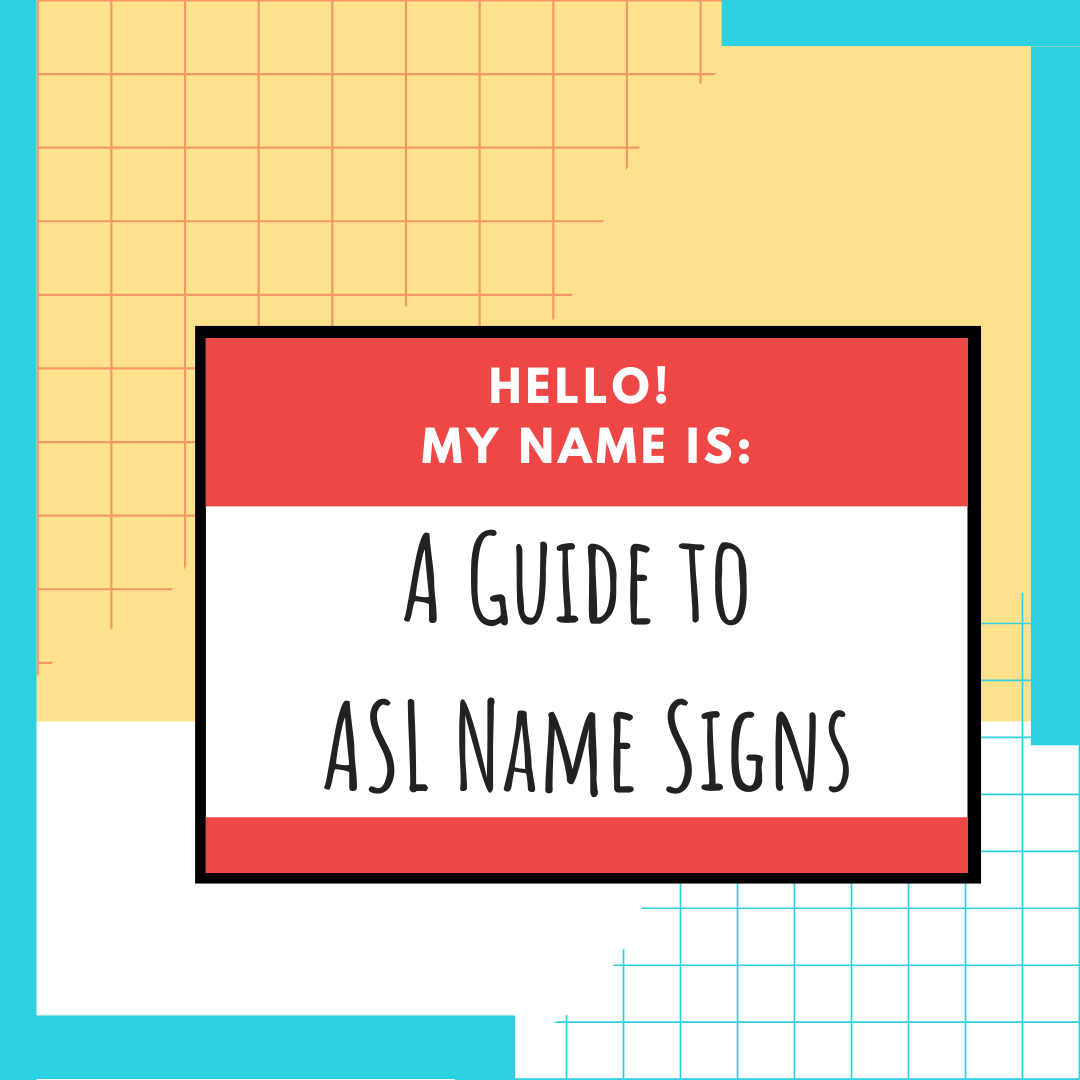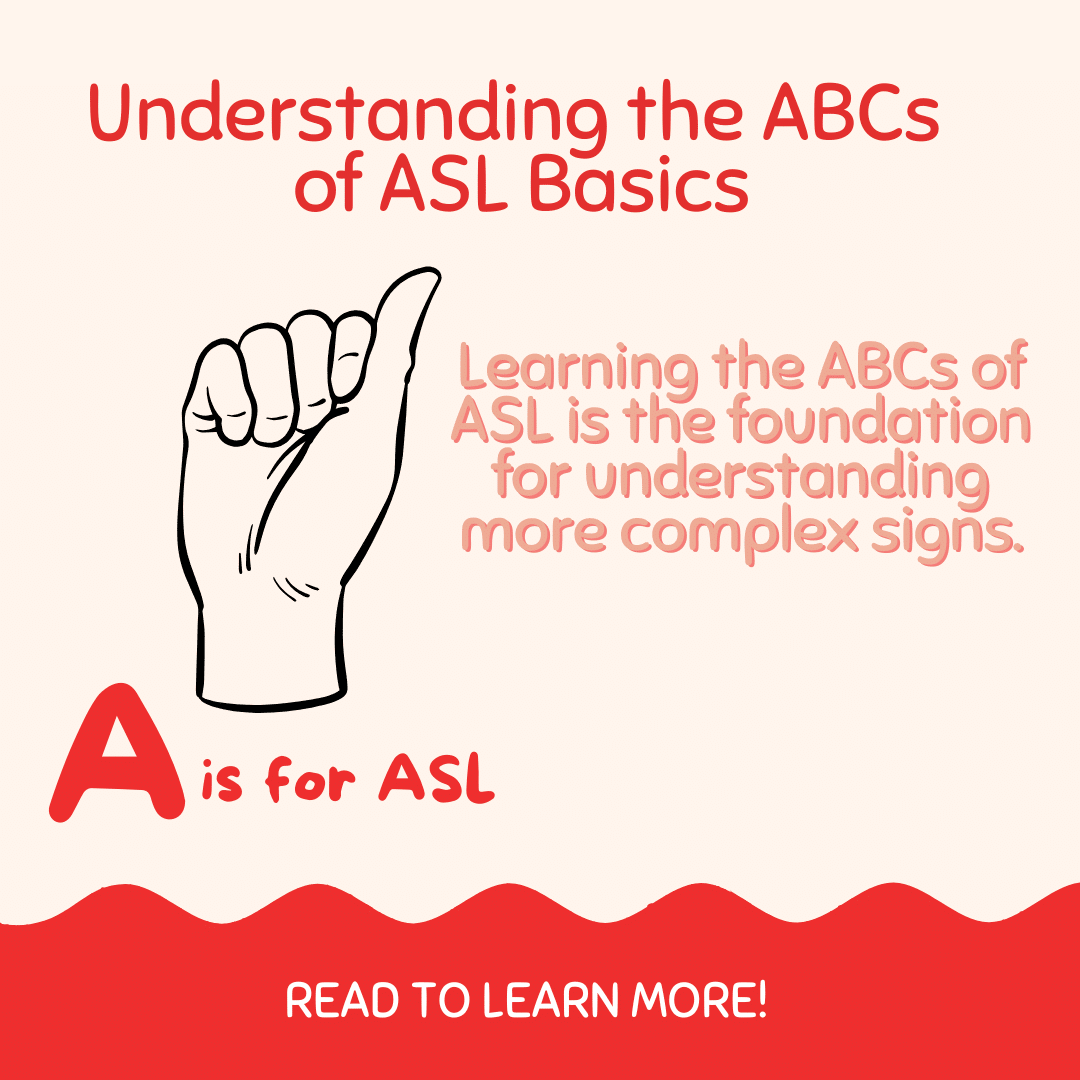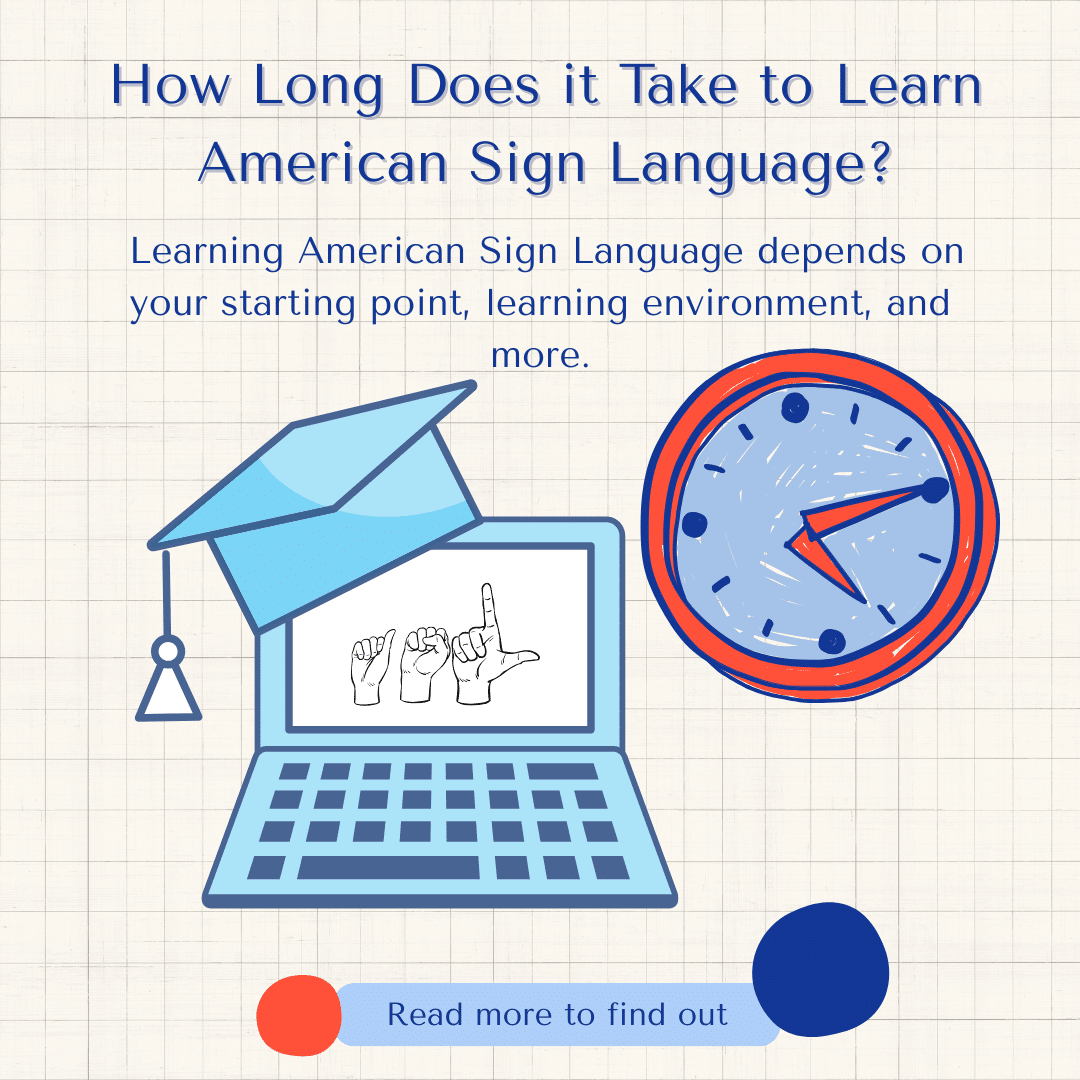
Learn ASL: ASL 1 – Unit 5 Sample
In this unit sample, you will learn ASL word order.
Word Order
ASL sentences follow a “TOPIC” “COMMENT” structure. This is the same as the English “subject” “predicate” structure. However, instead of the topic always being the subject, the topic in ASL is whatever the comment is referring to. This can either be the subject of the sentence or the object.
The subject of the sentence is the person or object doing the action, the verb of a sentence is the action, and the object of the sentence is what is receiving the action. For example, in the sentence “The boy kicked the ball” the subject is “boy,” the verb is “kicked,” and the object is “ball.”
There are a few different variations of word order in ASL.
Word Order with Plain Verbs
When using plain verbs, ASL sentences can follow a variety of different word orders.
While English usually only follows Subject-Verb-Object word order, all of the sentences in the table below are correct in ASL for the English sentence “I go home,” which uses a plain verb.
|
Subject-Verb-Object (SVO) |
“ME GO HOME” |
|
Subject-Verb-Object-Subject (SVOS or SVO+Pronoun) |
“ME GO HOME ME” |
|
Object-Subject-Verb (OSV) (“Topicalization”) |
“HOME, ME GO” |
|
Object-Subject-Verb-Subject (OSVS or OSV+Pronoun) |
HOME, ME GO, ME” |
|
Verb-Object-Subject (VOS) |
“GO HOME ME” |
|
Object-Verb-Subject (OVS) |
“HOME, GO ME” |
In the video below, the word order variations above will be demonstrated:
Object-Subject-Verb Word Order
From the Word Order variations above, you can see that in ASL, you can use either the subject or object as the TOPIC of a sentence. Using the subject as the topic is using an “active voice” and is in Subject-Verb-Object (SVO) word order. Using the object as the topic is using a “passive voice” and is in Object-Subject-Verb (OSV) word order.
When the object is the topic of the sentence, this is called “topicalization.” Topicalization is another kind of sentence structure that involves different non-manual markers than a simple SVO structure.
You will learn more about Topicalization and other ASL sentence types in ASL 2.
Take Our Free ASL 1 Course
This unit is just a sample of our complete course where you can learn American Sign Language quickly and easily. Enroll in our Free ASL 1 Course today!
Start Learning ASL Today!
 Ready to start learning real American Sign Language and not just basic signs? Do you want to be a part of the vibrant Deaf community? Check out our Free ASL 1 Course or our Complete 4-Level ASL Course options and start learning ASL today!
Ready to start learning real American Sign Language and not just basic signs? Do you want to be a part of the vibrant Deaf community? Check out our Free ASL 1 Course or our Complete 4-Level ASL Course options and start learning ASL today!








